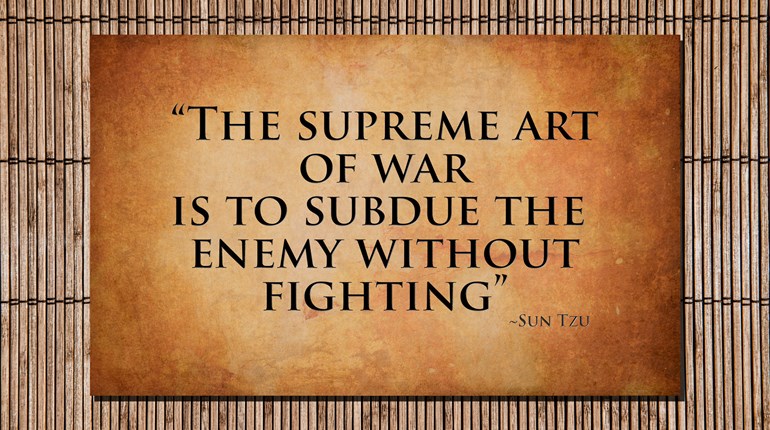
If you’re looking to start hunting black bears over bait, there are a few things you need to know to get off on the right foot—there’s a learning curve to this, and it’s not as simple as throwing out a box of stale doughnuts and waiting for a bruin to cruise by.
Know the Law
Baiting isn’t legal in every state, and where it is legal, every state and even sometime different counties or units will have different rules about what can be used as bait, when baits should be put out and removed, how bait stations need to be labeled, whether you need special permits, and more. Rules might even be different depending on whether you’ll be on public or private property. Familiarize yourself with the laws that apply where you’ll be hunting over bait.
Pick Your Spot Carefully
When looking for a good bait site, it’s always best to be located where bears already want to be. Try to be near or adjacent to natural food sources and/or fresh water if possible. You’ll need to do some serious scouting to find out where bears are hanging out and traveling, and the farther you can get from a paved road, the less likely it is you’ll run into other hunters. Just remember that you’ll be coming here frequently with heavy loads, so you don’t want access to be extremely difficult.
When you find a spot with lots of bear sign and you think it might be a good location, consider where you might put a stand or a ground blind and where you would set the bait. Think about what the wind might be doing and plan your setup accordingly. You’ll probably want to set up multiple bait sites to give you hunting options.

Select Your Bait
Bears will eat almost anything, but a safe bet is a combination of sweets, grains and grease. Throwing in some meat won’t hurt, either, especially as it begins to rot and give off an odor. Beaver carcasses are a particular favorite of bears. Strong smells will help bears find the bait, and many hunters rely on vanilla or anise oil or commercially available bear scent bombs (where legal) to help get their bait noticed by a bear’s sensitive nose.
You’re going to need a lot of bait. Get in touch with local bakeries and supermarkets and see if you can buy their unsellable seconds or stale pastries, cookies, or doughnuts at a bargain bulk price. Ask local restaurants if you can have or buy (for cheap) their used fryer grease—they might be happy to let you haul it away so they don’t have to dispose of it. Almost anything you can get your hands on in large quantities for small amounts of money will work. Popcorn, dog food, bulk grains, stale candy, cereal, nuts and much more can all be powerful bear attractants.
The last time I hunted bears over bait, the mixture of choice consisted of oats, flavored coffee syrups, Skittles and used fryer grease, with a days-old beaver carcass hung nearby. A local meat delivery vehicle lost refrigeration and legally couldn’t sell its cargo, and my outfitter jumped on the opportunity to add to his bait stash. That evening, I shot a bear while it was crunching on a raw rack of ribs.
Commit to the Work
You’ll need to secure your bait so it can’t be easily carried off or rolled away—otherwise your careful work setting up a stand and trimming shooting lanes might go to waste when you find a bear has rolled the barrel to the other side of the clearing or hauled a beaver carcass off to the next property.
You want the local bears to develop the habit of visiting your bait every day. If your bait site sits empty for days at a time, the animals will find somewhere else to eat and become more difficult to pattern. You’ll need to replenish your baits regularly, perhaps as often as every other day. Anyone who tells you baiting bears is easy is only thinking about the hunting part (and even then, they’re mistaken). Obtaining enough bait and maintaining a bait site is a considerable amount of work.
Hunt at the Right Times
Use your bait replenish runs to do your scouting—check for sign and monitor your trail cameras, if you’re running any, to see what kind of bears are visiting the site and when they’re coming. Scat as big around as a soda can is a good sign, as are large tracks and fresh claw marks or rubs on trees. When you get indications that a nice-sized bear is hitting the same station a couple of days in a row, it’s time to hunt it, assuming the wind is right. Be sure you’re sitting downwind of the bait.
Trail cameras come in very handy to let you know what time of day the site is getting hit. You might have multiple bears frequenting the same site, and it’ll be helpful to know if the largest or dominant bear is coming at a particular time.

Stay Safe
Black bear hunting isn’t particularly dangerous, but there are some safety tips to be aware of. Wear a harness if you’ll be hunting off the ground and follow the rules of safe gun handling. Be careful entering bait sites in case a bear is already there. When you arrive, glance around you and look up in your tree before you climb. If there are little bitty (this year’s) cubs in the tree or anywhere in sight, consider leaving, and definitely don’t get in the tree. The most dangerous animal in the woods—Mama bear—is not far away, and you just don’t want to be in close proximity.
How wary the bears will be depends a lot on your location and how pressured the local bears are. I’ve hunted in places where the bears clearly know I’m there and pay me no attention. Because bears are naturally curious and relatively secure in their status as predators and not prey, it’s not unusual for them to try to climb into your tree and figure out what you are. Every hunter has a different level of comfort regarding how close they’ll let a bear get before they shout him down, poke him in the nose or shoot him point-blank, so decide where your personal line is before you get there. Me? I’m OK with front paws up on my tree. When the back paws leave the ground and he starts to climb, I’m telling him to shoo in my best mom voice (gun in hand).
Baiting for bear is far from a sure thing—there’s real work involved in selecting, setting up and maintaining a series of bait sites, and the scouting doesn’t stop there. But with a commitment to do the work and some luck, you might find that hunting black bears over bait is more challenging, more fun and more rewarding than you imagined.














































